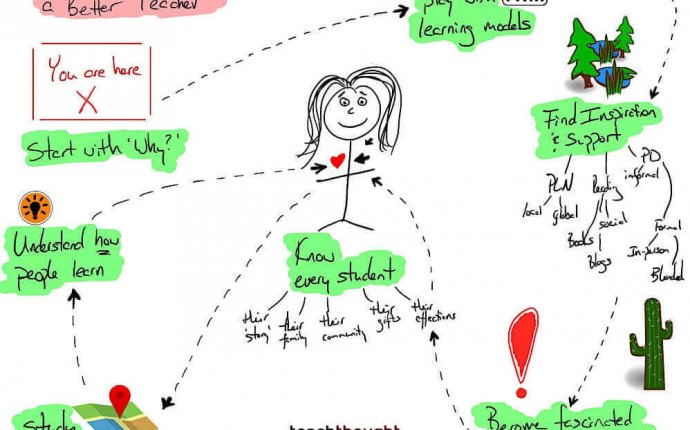
Orthopedic impairment teaching strategies
Written by: Sharon Dominica • edited by: Elizabeth Stannard Gromisch • updated: 4/21/2015
Children with orthopedic impairment can easily study in a regular school. This article describes some ideas that teachers can use while teaching in a classroom with orthopedic impairment students.
- Children with orthopedic impairment can do well in a regular school studying with other children. However, an orthotic disability requires a little adaptation and preparation. Children with orthopedic impairments face many challenges on a daily basis. Part one of this series elaborates on effective strategies. It describes various adaptations teachers can accomplish in the classroom in order to help a child with an orthopedic impairment to learn and participate in the class.
-
Accessibility and Classroom Layout:
When you are expecting to have a child with orthopedic impairment in the class, consider the accessibility of the classroom. If the child is in a wheelchair, the class should be accessible by wheelchair. Check if the flooring is adequate for the child’s needs. Also check door width, stairs or thresholds and the door knobs. Toilet accessibility is another important issue that needs to be considered. If your classroom is not suitable, you will need to consider renovation or shifting to a different room.
-
Special Furniture
A child in a wheelchair, or a child with a spinal problem, may require some special chair or table. Discuss these issues with the parents. If the child is finding it difficult to sit on the regular classroom chair, it will be worth considering getting a special chair for him for the classroom. The child will be spending a lot of his time everyday in the classroom. Moreover, if a child is not seated comfortably, learning and writing can be very difficult.
-
Modified Writing aids
A child with a disability in their upper limb may benefit from writing aids. Writing aids include writing boards, special paper, pencil grips, and special pencil holders. Children with coordination problems may also benefit from a weighted vest. As a teacher you can help by emphasizing on learning the concept and giving the child a little extra time to write.
-
Modified Lesson Plans and Classroom Activities
Having a child with a physical challenge in your classroom will require some modification in the lesson plans. Plan activities in such a way that all children, including the child with the orthopedic impairment, can participate. This can be done by adapting the materials you provide, assigning a helper, or allotting a task that they will be able to do independently. For detailed ideas about teaching and orthopedic impairment read these tips on lesson planning.
-
Inclusive Classroom:
A classroom is a place made up of students and not their disabilities. The greatest barrier to inclusion is usually not architectural. It’s often teasing and exclusion by peers. So prepare your class to receive and include a child with an orthopedic impairment. Talk about how they need to care for and treat the child. Talk about how that child is just like them and thinks and feels just like them. Assign responsibilities for one child to help him go to the toilet, one child to sit with him in class, another child to accompany him during lunch break. The responsibilities will give the children opportunities to get to know the child better. In class, focus on the child’s abilities. Focus on the fact that we are all different, and need to accept each other.
Children with orthopedic impairment have normal intelligence and don’t need a special curriculum. What they need from you is acceptance, and a little adjustment. They’ll contribute more to your classroom than what you could ever contribute to them.
Source: www.brighthubeducation.com








